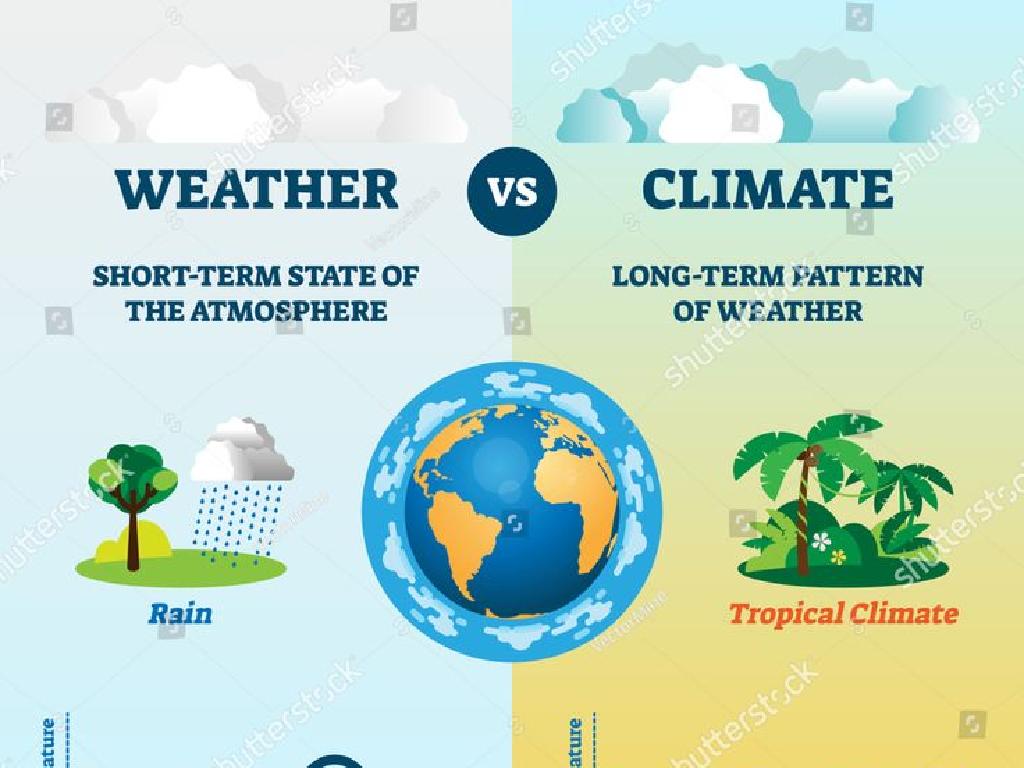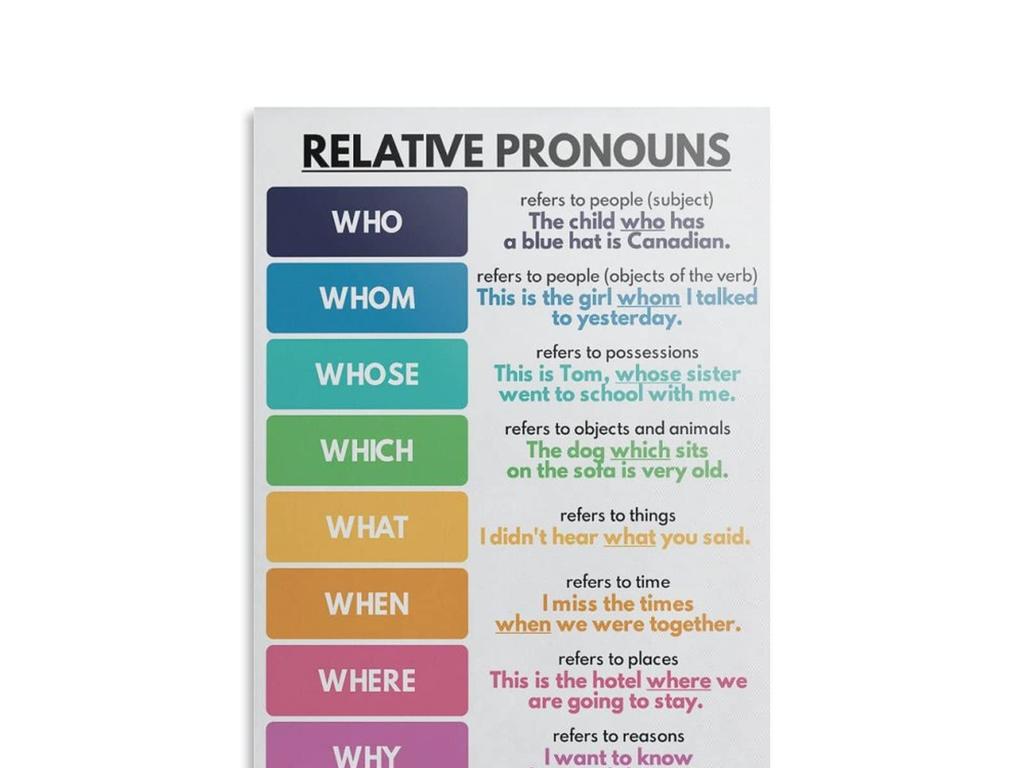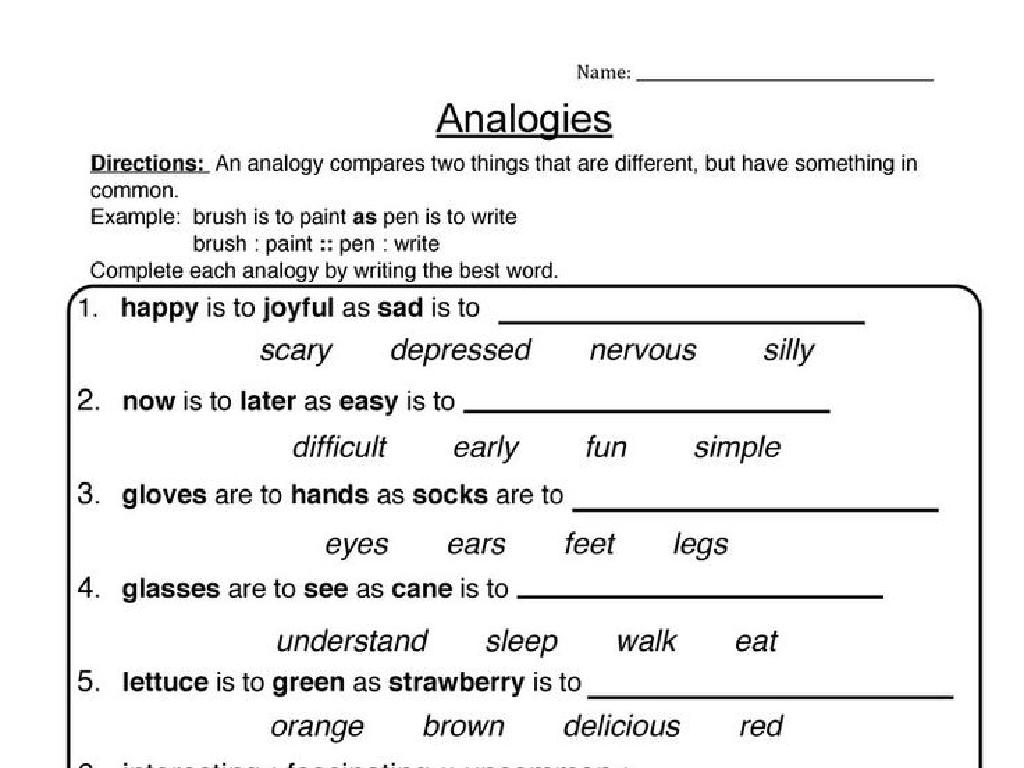Formatting Titles
Subject: Language arts
Grade: Eighth grade
Topic: Formatting
Please LOG IN to download the presentation. Access is available to registered users only.
View More Content
Welcome to Formatting Titles!
– Importance of title formatting
– Proper formatting helps readers understand text structure and importance.
– Defining titles and their significance
– Titles are the names of books, articles, and other works, signaling the main topic.
– Exploring title formatting rules
– Learn specific guidelines for capitalization, italicization, and quotation marks.
– Applying rules in practice
|
This slide introduces the concept of formatting titles, which is crucial for proper writing and citation in Language Arts. Emphasize to students that formatting titles correctly helps readers to quickly identify the type of work being referenced and its significance within the text. Discuss the role of titles as the first point of engagement with a reader and how they can influence a reader’s decision to engage with a work. The lesson will cover the rules for capitalizing major words in titles, when to use italics versus quotation marks, and how to apply these rules across different types of media. Encourage students to bring examples of titles they encounter in their daily reading for discussion.
Understanding Formatting in Writing
– Define formatting in writing
– Arrangement of text to convey meaning effectively
– Role of formatting in comprehension
– Proper formatting aids in understanding and retaining information
– Formatting examples in texts
– Italics for book titles, quotes for articles
– Practice formatting titles
– Let’s format titles from various sources
|
This slide introduces the concept of formatting within the context of writing and reading. Formatting refers to the way text is organized on a page, which includes font size, style, and structure, to convey the author’s message effectively and to make the content accessible and understandable to the reader. Emphasize the importance of formatting in aiding reading comprehension, as it guides the reader through the text and highlights important information. Provide examples of different formatting styles, such as using italics for book titles or quotation marks for article titles. Conclude with an interactive activity where students practice formatting titles from various sources, reinforcing the lesson and engaging them in applying what they’ve learned.
Formatting Different Types of Titles
– Capitalize major words in book titles
– E.g., ‘To Kill a Mockingbird’, not ‘to kill a mockingbird’
– Use quotation marks for article titles
– E.g., ‘The Road Not Taken’ appears in ‘Frost’s Poems’
– Italicize movie and play titles
– E.g., ‘The Lion King’ or ‘Romeo and Juliet’
– Enclose poem and short story titles in quotes
– E.g., ‘The Tell-Tale Heart’ in ‘The Complete Works of Edgar Allan Poe’
|
This slide aims to teach students the proper way to format various types of titles in their writing. Emphasize the importance of consistency and adherence to standard conventions when formatting titles. For book titles, all major words should be capitalized. Article titles, on the other hand, should be enclosed in quotation marks. When it comes to movies and plays, titles should be italicized to stand out from the rest of the text. Lastly, titles of poems and short stories should be enclosed in quotation marks. Provide examples for each to illustrate the rules clearly. Encourage students to practice by rewriting titles using the correct format and to bring in examples of each type of title for discussion.
Rules for Formatting Titles
– Italics vs. Quotation Marks
– Use italics for book titles, quotation marks for articles.
– Title Capitalization Guidelines
– Capitalize major words in titles, not prepositions or conjunctions.
– When to Use Underlining
– Underlining is for handwritten work or when italics aren’t available.
|
This slide aims to clarify the proper formatting of titles in written work. Students should understand that titles of larger works, like books and movies, are generally italicized, while smaller works, such as poems and articles, are enclosed in quotation marks. Capitalization rules require that the first and last words of the title, as well as all major words (nouns, pronouns, verbs, adjectives, adverbs, and some conjunctions), should be capitalized. Underlining is typically reserved for situations where italics are not an option, such as in handwritten papers. Emphasize that these conventions help distinguish titles from other text and clarify what type of work is being referenced.
Practicing Formatting: Titles
– Identify correctly formatted titles
– Titles should be capitalized and in italics or quotes
– Correct formatting errors
– Find and fix incorrect title formats in a given paragraph
– Format titles within sentences
– Learn to apply correct formatting in the context of writing
– Class activity: Practice examples
– Work on provided exercises to reinforce learning
|
This slide is aimed at helping students practice the correct formatting of titles in various contexts. Start by showing examples of properly formatted titles, such as book and article names, emphasizing the use of capitalization, italics, and quotation marks. Then, present students with sentences or paragraphs containing formatting mistakes and guide them through the correction process. Next, incorporate formatted titles into full sentences to demonstrate practical application. Finally, engage the class with a hands-on activity where they practice formatting titles using examples from literature or their own creative ideas. This activity will solidify their understanding and prepare them for real-world writing tasks.
Formatting Titles in Digital Writing
– Digital vs. Print Formatting
– Digital texts allow for hyperlinks, different from print’s italics or underlines.
– Hyperlinking vs. Italics
– Use hyperlinks for online sources, italics for book titles or works.
– Consistency in Formatting
– Uniform formatting ensures clarity and professionalism in writing.
|
This slide aims to highlight the key differences and considerations when formatting titles in digital writing compared to print. Emphasize the role of hyperlinks in digital texts, which serve a similar purpose to italics or underlining in print for indicating titles of works. Discuss the importance of using italics for titles of larger works like books and films, while hyperlinks are used for directing readers to online content. Stress the importance of consistency in formatting across a document to maintain a professional appearance and clear communication. Provide examples of each and encourage students to practice formatting titles in both digital and print contexts.
Class Activity: Crafting Creative Titles
– Pick a favorite book or movie
– Invent an alternative title
– Think about what captures the essence of the story
– Format your title correctly
– Use italics for books, movies; quotation marks for articles, poems
– Share with the class
|
This activity is designed to engage students with the concept of formatting titles by applying it to media they are familiar with. Students should choose a book or movie they enjoy and then create an alternative title that could fit the story. Emphasize the importance of proper formatting: italicize titles of whole works like books and movies, and use quotation marks for smaller works or parts, like articles and poems. After creating their titles, students will share them with the class, providing an opportunity to discuss why they chose their titles and how they formatted them. This will help reinforce their understanding of title formatting rules.
Group Activity: Title Formatting Challenge
– Work in groups to spot errors
– Rewrite titles correctly
– Use MLA or APA guidelines for practice
– Present corrected titles
– Each group will share their work with the class
– Discuss the importance of proper title formatting
– Proper formatting is crucial for clarity and professionalism in writing
|
This group activity is designed to engage students in a practical exercise on title formatting. Divide the class into small groups and provide them with a list of incorrectly formatted titles. Using MLA or APA guidelines, students will collaborate to identify and correct the formatting errors. Afterward, each group will present their corrected titles to the class, fostering a discussion on the importance of proper formatting. This activity not only reinforces the rules of title formatting but also encourages teamwork and public speaking skills. As a teacher, circulate the room to assist groups and ensure that each student participates. Possible variations of the activity could include peer review, timed challenges, or using titles from different genres.
Conclusion: Title Formatting & Homework
– Recap of title formatting rules
– Consistency in formatting matters
– Homework: Title formatting detective
– Find a magazine or newspaper article with a title. Check if it follows the formatting rules we learned.
– Why correct formatting is key
– Proper formatting helps readers understand the text structure and importance.
|
As we conclude today’s lesson on formatting titles, remind students of the key rules we’ve discussed, such as capitalizing major words in titles and using italics or quotation marks for different types of works. Emphasize the importance of consistency in formatting to maintain a professional and clear writing style. For homework, students will apply what they’ve learned by becoming ‘formatting detectives’ with a real-world task: examining a magazine or newspaper article for proper title formatting. This activity will reinforce the lesson and help students recognize the practical application of these rules. Encourage them to bring in the article they reviewed, highlighting both correctly formatted titles and any errors they may find. This will serve as a great starting point for our next class discussion.






